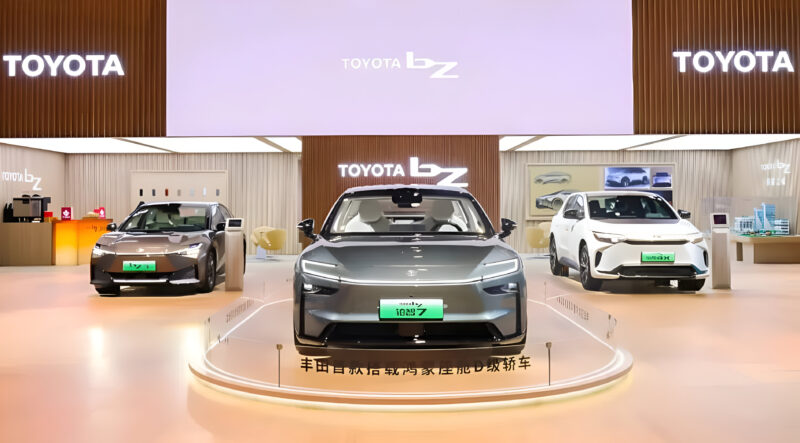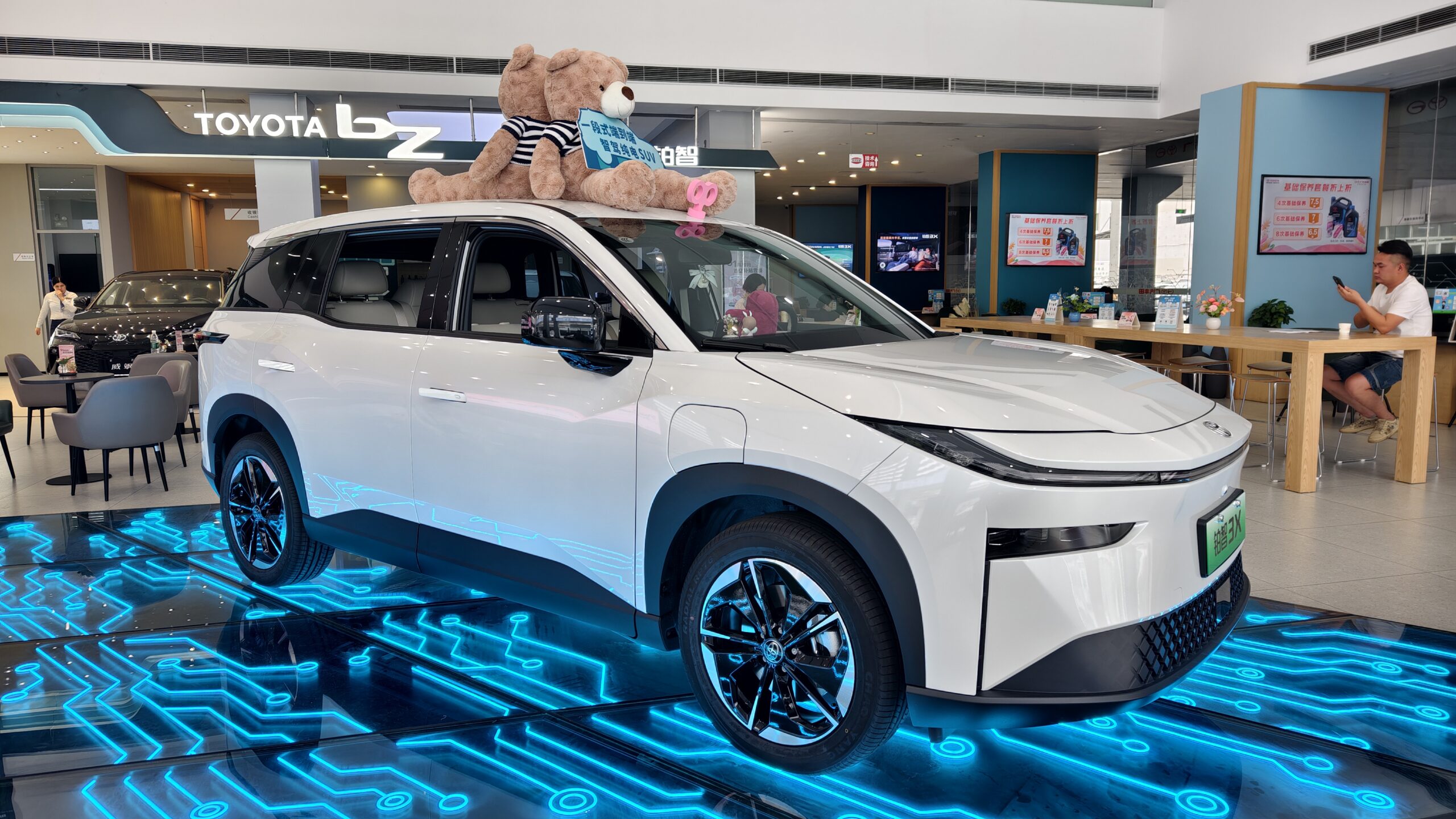Toyota aligns with Xiaomi, Huawei, and Momenta for next-gen vehicles
At its 2025 Technology Day event, GAC Toyota, a joint venture between Toyota Motor Corporation (TMC) and Guangzhou Automobile Group Co., Ltd. (GAC), outlined a comprehensive strategy to accelerate electrification, software development, and intelligent mobility. Partnerships with Huawei, Xiaomi, and Momenta supported the company. It introduced two new energy vehicle (NEV) platforms, a next-generation electronic architecture, and three hybrid systems while formally initiating its localised AI ecosystem under the “China R&D 2.0” initiative.

Toyota’s new BEV platform is optimised for compact and midsize segments. The bZ3X was built on this platform, a vehicle designed around space efficiency and innovative technology. A second multi-energy platform will support BEV, PHEV, and REEV configurations for cars up to 5,300 mm long. The platform’s first model—the premium midsize-to-large bZ7 sedan—will feature LiDAR and is scheduled for launch in March 2026.
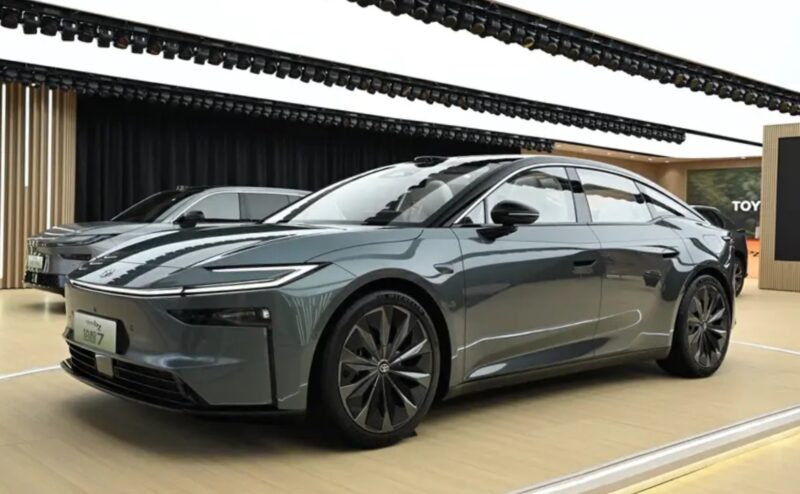
Hybrid development will follow three tracks. The company is rapidly deploying its fifth-generation Intelligent Hybrid Dual Engine system while developing a sixth-generation successor. A new high-performance PHEV system, debuting by 2027 in the next Chinese-made Sienna and Highlander, will emphasise acceleration and long-distance efficiency.
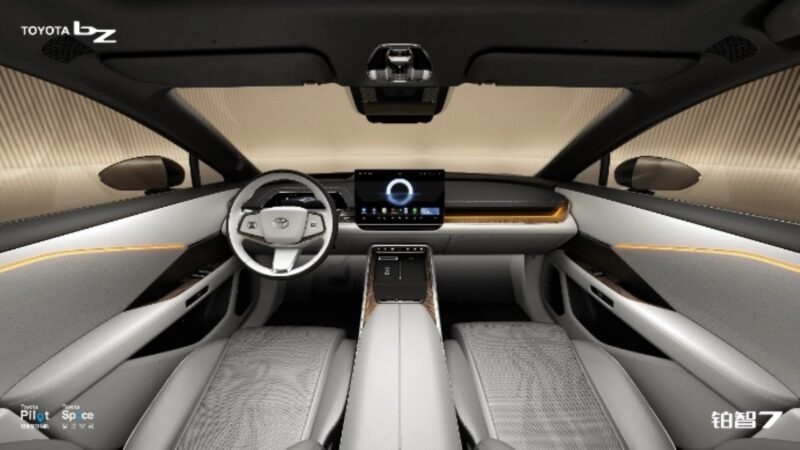
Xiaomi partnership: cross-device ecosystem integration
Toyota has entered a strategic AI ecosystem partnership with Xiaomi, the tech giant’s first with a global automaker. With the bZ7, Xiaomi’s smart devices—including tablets and smart speakers—will integrate with Toyota vehicles for seamless cross-platform interaction. This collaboration aims to align vehicle connectivity with Xiaomi’s broader AIoT (AI + IoT) ecosystem, extending the smart experience from home to car.
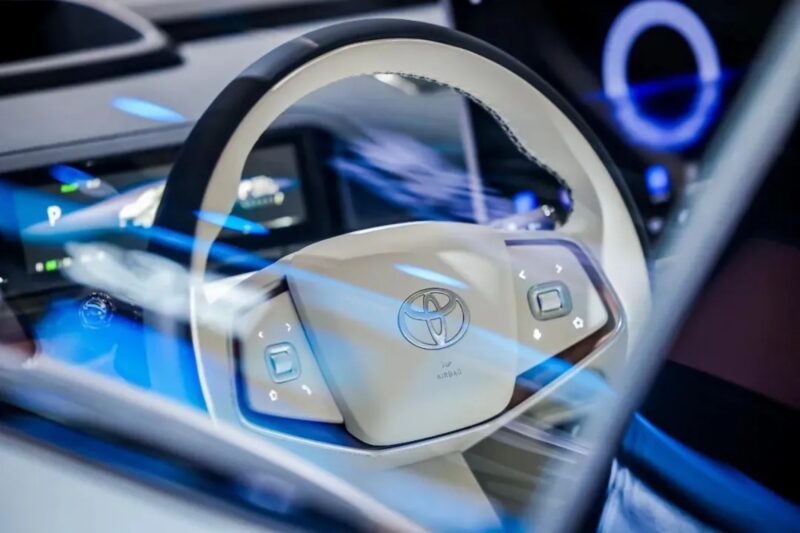
Huawei partnership: HarmonyOS cockpit and co-developed AI assistant
The bZ7 will also be the first Toyota vehicle to feature Huawei’s HarmonyOS 5.0, integrated with a Kirin chip and a 15.6-inch infotainment screen. This provides improved compatibility with China’s digital ecosystem and faster in-car performance. Toyota and Huawei are also co-developing a new-generation AI voice assistant alongside Tencent, capable of recognising individual users and managing vehicle systems proactively. The assistant will evolve from passive commands to intelligent, behaviour-based automation by 2028.
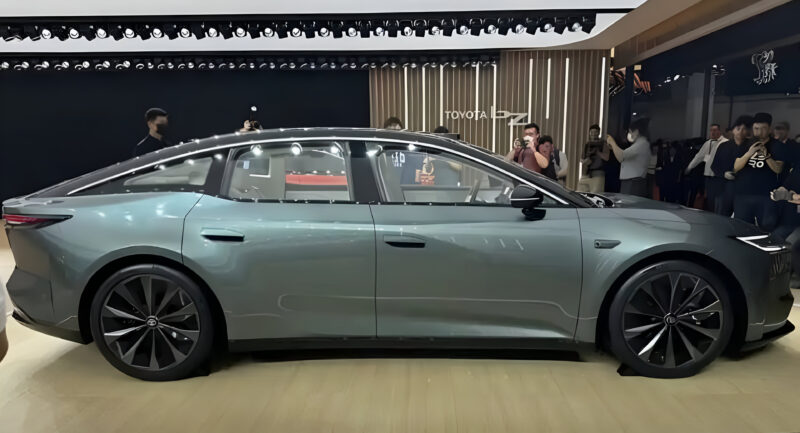
Momenta collaboration: advanced driver assistance
The bZ3X will be updated with Momenta’s 6.0 intelligent driving system for driver assistance, offering nearly 50 new features. Built on a perception and decision-making “world model,” the system is designed to understand complex driving environments, support voice and gesture-based input, and enable predictive behaviours based on simulation-trained data. Future iterations will introduce real-time scenario reconstruction and interactive autonomy with the vehicle’s occupants.
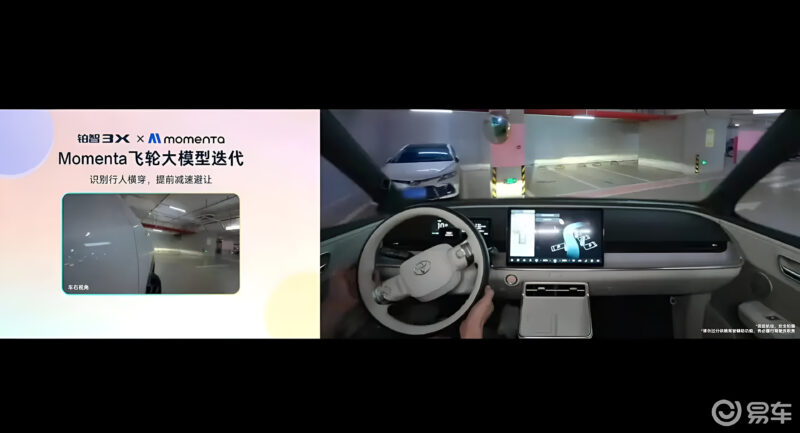
In preparation for higher levels of vehicle autonomy, Toyota aims to merge cockpit intelligence with driving assistance systems. By 2028, models will incorporate sensors that analyse driver posture, fatigue, and gaze direction, forming a closed-loop system where vehicle behaviour adapts to driver conditions in real time—a concept described as a “co-evolutionary cabin-driving model.”
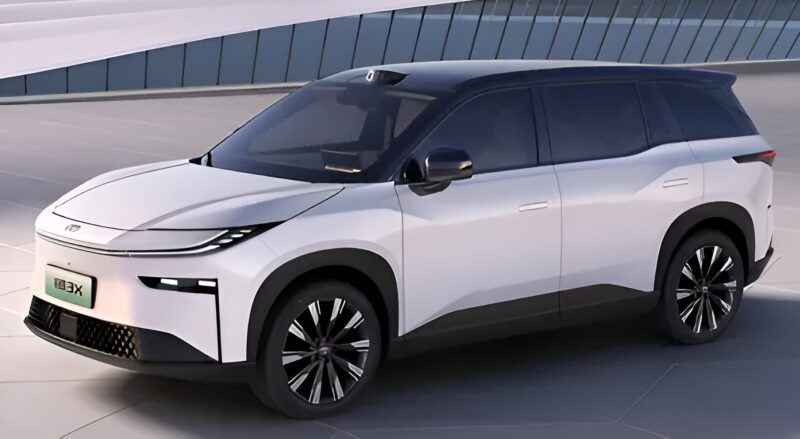
A new digital chassis control platform will also be introduced, featuring SDC electromagnetic dampers and dual-chamber air suspensions. The system reduces body sway by 6%, minimises braking shock by 50%, and significantly improves ride comfort and high-speed handling.
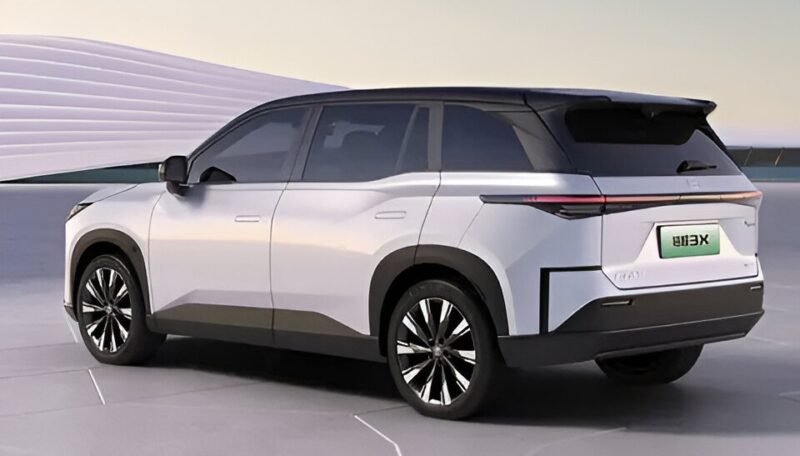
Toyota’s latest electronic and electrical (E/E) architecture enables over 300 software modules and supports complete OTA upgrades. A newly developed Battery Management System (BMS) incorporates AI-powered diagnostics, thermal runaway mitigation, and real-time lifecycle management, with new insulation and suppression structures improving overall battery safety.

Under its “China R&D 2.0” strategy, Toyota is shifting more vehicle design and development responsibility to local teams. Chinese engineers are now leading projects such as the next-generation Camry, Sienna, and Highlander, marking a pivot from globally synchronised programs to China-first innovation.
Stay tuned for this week’s Sunday China Drive at Car News China, where we will review the Toyota bZ3X.



